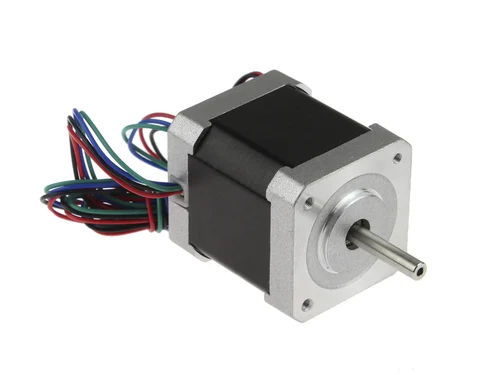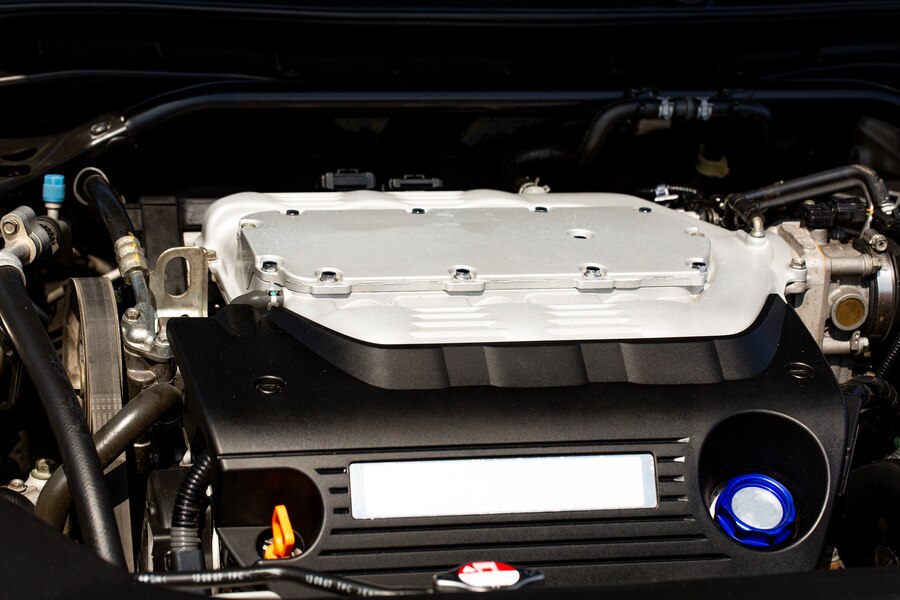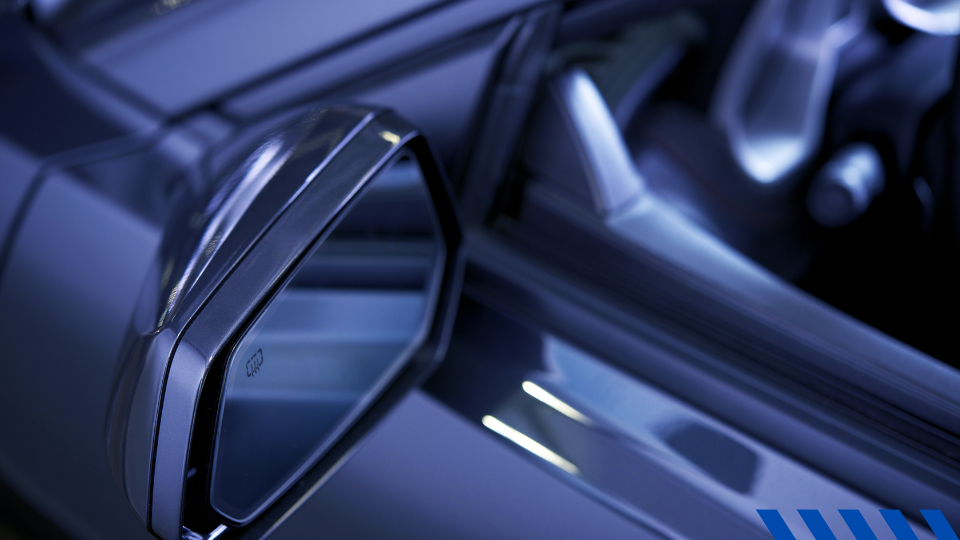In the rapidly evolving world of automation, robotics, and industrial machinery, stepper motors play a crucial role. These precision devices convert electrical pulses into discrete mechanical movements, making them essential for applications requiring exact control of position, speed, and torque. As the demand for automation continues to rise across various industries, the market for stepper motors has expanded, offering a wide array of choices for buyers. This guide aims to provide an in-depth understanding of what stepper motor buyers need to consider when navigating the market, ensuring they make informed decisions that align with their specific requirements.
1. Understanding Stepper Motors: An Overview
Stepper motors are electromechanical devices that move in discrete steps rather than continuous motion, unlike traditional motors. This unique characteristic allows for precise control, making them ideal for applications where accurate positioning is crucial. Stepper motors are commonly used in CNC machines, 3D printers, medical equipment, and various automation systems.
There are three primary types of stepper motors: permanent magnet (PM), variable reluctance (VR), and hybrid stepper motors.
-
Permanent Magnet (PM) Stepper Motors: These motors use a permanent magnet rotor and provide relatively high torque at low speeds. They are simple in design and cost-effective, making them suitable for applications with lower torque requirements.
-
Variable Reluctance (VR) Stepper Motors: VR stepper motors feature a rotor made of soft iron, which does not retain magnetism. These motors are often used in applications requiring high-speed operations, though they typically produce less torque than PM motors.
-
Hybrid Stepper Motors: As the name suggests, hybrid stepper motors combine the features of both PM and VR motors. They offer higher torque, better accuracy, and smoother operation, making them the preferred choice for many industrial applications.
2. Key Considerations for Stepper Motors Buyers
When purchasing stepper motors, buyers must consider several factors to ensure the chosen motor meets their specific needs. Below are some of the critical aspects to evaluate:
a. Application Requirements
The first step in selecting a stepper motor is understanding the specific requirements of the application. Consider the following questions:
- What is the required torque and speed?
- How much precision is needed in positioning?
- What is the operational environment (e.g., temperature, humidity, exposure to dust or chemicals)?
- Are there any size or weight constraints?
Answering these questions will help narrow down the options and ensure that the selected motor is capable of delivering the desired performance.
b. Motor Size and Torque
Stepper motors come in various sizes, with the motor size typically related to the amount of torque it can produce. Larger motors generally provide higher torque, which is essential for applications involving heavier loads or requiring higher precision. However, larger motors also consume more power and may require more space, so it’s crucial to balance size with performance needs.
c. Voltage and Current Ratings
The voltage and current ratings of a stepper motor determine its power consumption and compatibility with the driver circuit. It’s essential to select a motor with ratings that match the available power supply and driver specifications. Operating a motor at the incorrect voltage or current can lead to suboptimal performance or even damage the motor.
d. Step Angle and Resolution
The step angle of a stepper motor defines how much the motor moves with each pulse. Common step angles are 1.8 degrees (200 steps per revolution) and 0.9 degrees (400 steps per revolution). The smaller the step angle, the higher the resolution and precision of the motor. For applications requiring very fine control, a motor with a smaller step angle may be necessary.
e. Holding Torque
Holding torque refers to the amount of torque a stepper motor can produce when it is stationary but energized. This is an important factor for applications where the motor needs to hold a position under load. High holding torque ensures that the motor can maintain its position without slipping.
f. Driver Compatibility
The stepper motor driver is responsible for sending the appropriate pulses to the motor, controlling its movement. When selecting a stepper motor, it’s essential to ensure that it is compatible with the chosen driver. Some drivers are designed for specific types of stepper motors, so compatibility is crucial to achieving optimal performance.
g. Budget and Cost Considerations
Stepper motors vary widely in price depending on their type, size, and features. While it may be tempting to opt for the least expensive option, it’s essential to consider the long-term performance and reliability of the motor. Investing in a higher-quality motor may lead to better performance, reduced maintenance, and longer service life, ultimately saving money in the long run.
3. Emerging Trends in the Stepper Motor Market
As technology continues to advance, several trends are shaping the stepper motor market, offering new opportunities and challenges for buyers.
a. Miniaturization
With the increasing demand for compact and portable devices, miniaturization is a significant trend in the stepper motor market. Manufacturers are developing smaller motors that deliver high torque and precision without compromising on performance. This trend is particularly relevant for applications in the medical and consumer electronics industries.
b. Integration of Smart Technologies
The integration of smart technologies, such as IoT (Internet of Things) and AI (Artificial Intelligence), is transforming the stepper motor industry. Smart stepper motors with built-in sensors and communication capabilities enable real-time monitoring, predictive maintenance, and remote control, enhancing efficiency and reducing downtime.
c. Increased Focus on Energy Efficiency
As industries strive to reduce their carbon footprint, energy efficiency has become a key consideration in motor design. Modern stepper motors are being engineered to consume less power while delivering the same or better performance. This focus on energy efficiency is driving the development of motors with improved designs, materials, and control algorithms.
d. Customization and Application-Specific Solutions
Manufacturers are increasingly offering customized stepper motors tailored to specific applications. This trend reflects the growing demand for motors that meet unique operational requirements, allowing buyers to obtain solutions that are perfectly aligned with their needs.
4. Key Players in the Stepper Motor Market
Several companies dominate the global stepper motor market, known for their innovation, quality, and reliability. Some of the leading manufacturers include:
-
Oriental Motor: A well-established company offering a wide range of stepper motors known for their precision and durability.
-
Nidec Corporation: Known for its advanced motor technologies, Nidec offers high-performance stepper motors for various industrial applications.
-
Faulhaber: Specializes in miniature stepper motors, making it a key player in markets requiring compact and precise solutions.
-
MinebeaMitsumi: Offers a diverse portfolio of stepper motors, focusing on energy efficiency and advanced control technologies.
-
Sanyo Denki: Provides high-quality stepper motors with a focus on customization and application-specific solutions.
5. Conclusion: Making the Right Choice
Purchasing a stepper motor involves careful consideration of various factors, from application requirements to budget constraints. By understanding the different types of stepper motors, key performance metrics, and emerging market trends, buyers can make informed decisions that meet their specific needs. Whether you’re looking for a motor for a new project or seeking to upgrade existing equipment, this guide serves as a valuable resource in navigating the complex and dynamic stepper motor market.
As automation continues to permeate various industries, the demand for reliable, high-performance stepper motors will only grow. Staying informed about the latest developments and choosing the right motor for your application is essential for achieving long-term success and maintaining a competitive edge in today’s fast-paced technological landscape.




